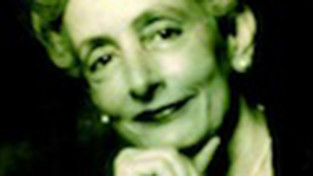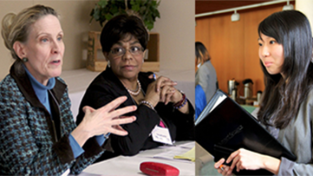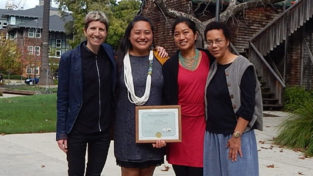Pathfinders in Public Health
Alumnae Break New Ground Preventing Disease and Promoting Health
The public health challenges of the twenty-first century are vast—antibiotic resistance is on the rise, childhood obesity is rampant, and nearly fifty million Americans are still without health care. Add the effects of global warming, cholera outbreaks in Africa, and the continuing HIV/ AIDS pandemic and these combined hurdles seem overwhelming, possibly insurmountable. Fortunately, Mount Holyoke alumnae are making significant strides in public health by founding innovative community-health organizations, launching national wellness initiatives, and collaborating with communities in Zimbabwe to stanch the cholera epidemic, to name just a few.
 Deborah Klein Walker ’65, EdD
Deborah Klein Walker ’65, EdD
Title: Vice president and principal associate at Abt Associates, a public health consulting firm; former president of the American Public Health Association
Thirty years ago—when she was working at the Department of Health, Education, and Welfare—Deborah Klein Walker didn’t even know what public health was. Today, she’s a nationally respected
public health expert known for her leadership on maternal- and child-health issues as well as substance abuse programs. She discovered public health while teaching community child-health studies at the Harvard Graduate School of Education, and “never looked back.”
During her fifteen years at the Massachusetts Department of Public Health, Walker helped reduce the infant mortality rate. In fact, during her tenure, Massachusetts became the state with the lowest infant-mortality rate. (It also had one of the lowest teen-pregnancy rates.)
Now, at Boston consulting firm Abt Associates, she is the principal investigator in the company’s domestic health division, where she juggles four to five projects at once. In addition to evaluating federal programs such as Healthy Start, she and her team help government agencies devise strategies to make programs more effective.
One of the most exciting tasks before her now is advising the Maternal and Child Health Bureau on how to improve its Healthy Start programs around the country, specifically strengthening “interconception” care for women—covering the period between births. (Currently, Medicaid only covers a poor woman during her pregnancy and for one postpartum visit; then she falls out of the system unless she gets pregnant again.) Though Walker has just begun designing her approach, it will include linking women to needed services such as family planning, mental health, and counseling; encouraging insurers to cover health visits; and educating women to take folic acid for the prevention of spina bifida.
Walker is also leading a five-year evaluation of a new Department of Health and Human Services program that’s geared toward improving healthy child development in six states across the country. Among other things, it will provide home visits, parent support, and development screening in primary-care offices—services that are not covered by Medicaid.
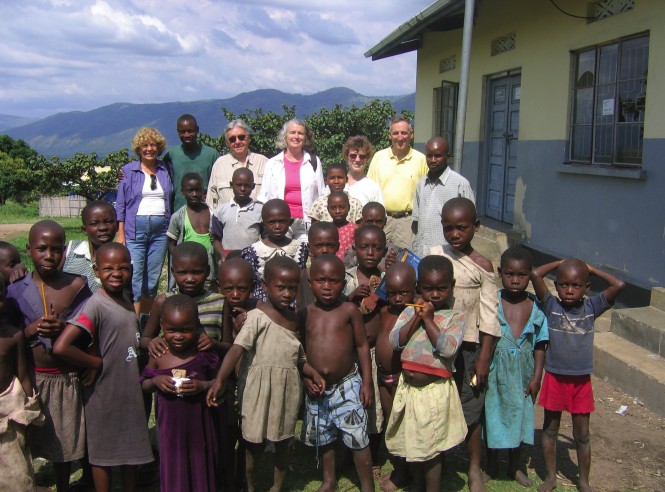
Deborah Walker, shown here (back row, center) visiting a clinic in Uganda, says she’s in public health because it is “the practice of social justice.”
Though she loves her work at Abt Associates, Walker says there’s nothing like working in the government sector, where people are driven by the same social mission to improve others’ lives. “Public health is there to assure the health of everyone. And only the government entity has that mandate,” she says. “You can do all you want from the private sector, but you’re still not responsible for every single person in that community.”
What would you ask President Obama to do for public health?
Address prevention. “A lot of people say ‘prevention,’ but they mean, ‘let’s help this person who came to my office be healthy.’ I mean it on a bigger level—you have to have support in the community and address all the social determinants of health. You make sure that kids have a safe way to walk to school, which addresses the obesity epidemic. You make sure the price of tobacco is high so kids don’t smoke.”
 Heidi L. Behforouz ’90, MD
Heidi L. Behforouz ’90, MD
Title: Founder and executive director of Prevention and Access to Care and Treatment, which serves Boston’s sickest and most marginalized AIDS patients
Major at MHC: Biochemistry
One of the trickiest things about running a public health project is proving that it works. Prevention and Access to Care and Treatment (PACT), which Behforouz founded in 1997, is rare in that it shows measurable results.
Using a standardized model of intervention, PACT-trained community health workers help inner-city AIDS patients, usually black or Latino, visiting them daily to make sure they take their meds and accompanying them to doctor’s visits. These are disenfranchised patients—many of whom are also burdened with other problems such as abusive relationships, substance abuse, and depression—who, despite having had conventional case managers in the past, are sick and dying. PACT community health workers go a step further, forming a surrogate support network for the patient. “There is power [in] knowing the context of the person’s life,” says Behforouz.

Having a health advocate pays off: 75 percent of PACT patients improve dramatically, according to internal data that Behforouz and her team collected. But what really sets PACT apart—and why it’s being replicated by other US cities (including Baltimore, New York, and Miami) and even in Peru—is a twenty-five-point curriculum (including written modules and a patient workbook) that staff and patient work on together. The curriculum covers topics such as how to take antiretroviral medications, know what both a CD4 count and a viral load are, and how to schedule and prepare for appointments.
Behforouz has also been asked to adapt the PACT model for other chronic diseases, such as diabetes, that disproportionately affect the poor.
What would you ask President Obama to do for public health?
Integrate community health workers into the medical system. “They are a critical piece of the puzzle. They are underutilized and need training, support, living wages, standardized interventions, and people to measure their impact.”
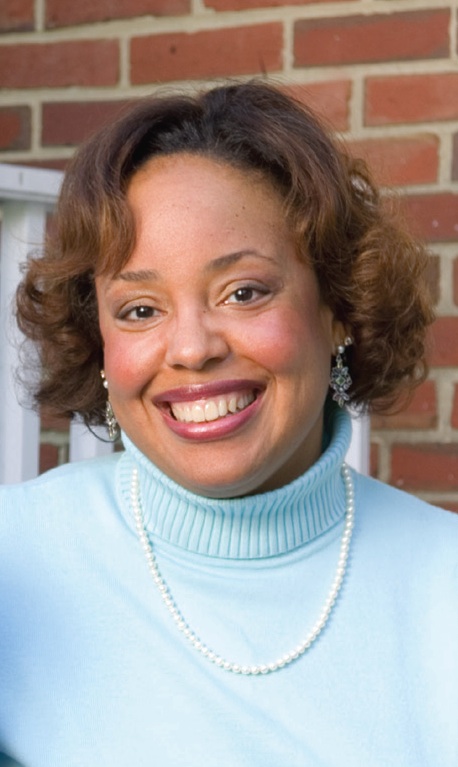
Kayla Jackson ’86, MPA (master’s in public administration)
Title: Vice president for programs at the National Network for Youth in Washington, DC
Major at MHC: English
“I always say my goal is to not have a job to come to,” says Kayla Jackson, vice president for programs at the National Network for Youth (NNY), the national membership association for community-based runaway and homeless youth organizations. Primarily an advocacy organization, NNY supports policies and legislation—such as the Runaway and Homeless Youth Act—that give federal funding to homeless youth groups.
Jackson’s main role at NNY is running a Centers for Disease Control (CDC)–funded HIV prevention program called Street Smart, which specifically targets runaway and homeless youth. “Oftentimes you’re telling kids, ‘Delay having sex. Only have sex with someone who you are committed to and whose HIV status you know,’” says Jackson. “Then you look at street kids who trade sex for money, shelter, food, and drugs. When it becomes part of the street economy, your choices narrow. You have to look at HIV prevention in a completely different context.”
In addition to developing the curriculum for Street Smart, to help prevent HIV and substance abuse, Jackson has also begun training members across the country—so they can, in turn, train youth workers in their organizations to prevent HIV among runaways. During fifteen group meetings and one private counseling session, Street Smart teaches kids coping and negotiation skills, HIV/AIDS harm reduction, and how to identify personal triggers.

She’s also working to bridge the gap between members (who tend to keep a low profile, since most people don’t like knowing there’s a homeless shelter on their block) and schools, state homeless coordinators, and state health agencies—all of whom want to learn how to reach homeless youth better. Though homeless and runaway youth total an estimated 2.5 million in the United States, this population is virtually invisible, according to Jackson. “You ask most people where the homeless youth gather in their area, and they’re not able to tell you.”
What would you ask President Obama to do for public health?
Fund prevention initiatives across the board. “Prevention in this country is cut consistently. We spend so much money on treating disease, which is so much more expensive. But if you fund prevention—and you truly allow everyone access to appropriate preventive health care—that would save so much money.”
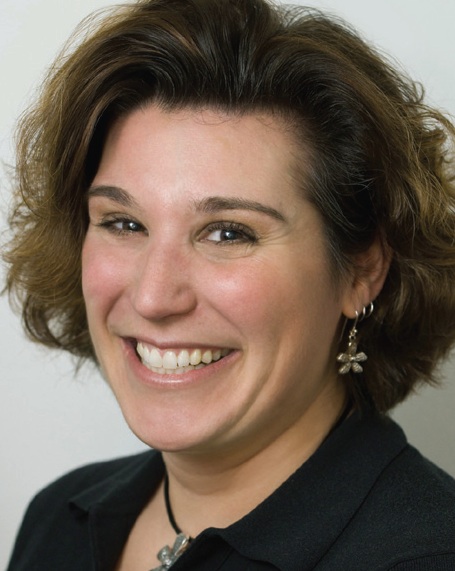
Michelle Chuk ’95, MPH
Title: Senior adviser at the National Association for County and City Health Officials
Major at MHC: Biology and anthropology
Improving the health of all Americans is a lofty goal, but that’s exactly what Michelle Chuk has taken on by helping to lead her organization’s Alliance to Make US Healthiest (www.healthiestnation.org) initiative. NACCHO, a coalition of nearly 2,800 local US health departments, began this collaborative effort last year after conversations with the CDC and the Association of State and Territorial Health Officials about how to improve health outcomes in the United States.
“We started talking about what other sectors…are critically important in improving overall health status,” says Chuk. “We decided it was everybody: business has a role to play, education has its role to play, community organizations have a role to play, medical care has its own role to play.”
The Alliance to Make US Healthiest (AMH) uses a “bottom up” approach—it hopes to encourage individuals to be more proactive about their health, and about demanding access to infrastructure (such as bike lanes, sidewalks, and healthier food at public schools) that encourages healthy
behavior. AMH also serves as a clearinghouse of information—providing educational resources to community groups and activists, and linking members so they can share advice, materials, and know-how.
Last year, after a big hepatitis C outbreak in Nevada, Chuk helped connect the Hepatitis Foundation International (a member of AMH) with a small Nevadabased organization that was seeking guidance on educating community members about hepatitis C. Because the Hepatitis Foundation was having a
conference in Las Vegas, it was able to share its resources with the local organization at very little added cost. So far, Chuk and her team have secured as members more than 200 organizations (including Planned Parenthood, Target, and the American Heart Association) and 800 individuals.
“We’re trying to build a grassroots momentum,” says Chuk. “Health should be an aspect of all policies, not just ‘health and medicine’ policies.”
What would you ask President Obama to do for public health?
Improve public health, not just health care. “Many of today’s most pressing domestic challenges can be addressed by improving public health. If you can make communities healthier overall, you will not only have healthier people. You will also have better outcomes in education, a better ability to address issues around public safety and security, a healthier workforce, more robust communities, and a healthier and more productive society.”

Miriam Aschkenasy ’94, MD, MPH
Title: Public health specialist at Oxfam; works three emergency room shifts a month at Cambridge Hospital in Boston
Major at MHC: Biochemistry
Trained as an emergency medicine physician, Aschkenasy had an epiphany while in her second year of residency, in Kathmandu. “It just completely transformed me,” says Aschkenasy, who realized in Nepal that public health was the only way to help those who couldn’t reach the system on their own. She went on to earn her master’s in public health at Harvard, where she simultaneously completed a fellowship in international emergency medicine and public health.
Aschkenasy was assessing the environmental public health effects of Hurricane Katrina as a consultant for Oxfam when the agency advertised for its first public health specialist. She applied for the job, and in 2006, was hired to head the organization’s new public health initiative. Today, she works with Oxfam’s six regional offices, including Zimbabwe, where Oxfam is tackling the cholera epidemic by mapping faulty drinking water sources with GPS and working with local partners to repair them. They’re also conducting public health and hygiene education, launching a community-based early-warning diarrhea surveillance system, and supplying oral rehydration solution to help treat cholera patients.
“Direct critical care is great, but it’s like spitting in the ocean. When you do international public heal
th, it’s still an ocean, but you’re throwing a whole bucket in there.”
What would you ask President Obama to do for public health?
Cap malpractice awards. “Doctors do so much excessive testing out of fear of litigation. Capping
malpractice would immediately reduce the cost of health care for everybody. There is no way to fix the current health care crisis without this being an aspect of it.”
A Brief History of Public Health
In 1854, a British physician named Dr. John Snow identified the source of a London cholera epidemic—a public well located just feet from an old cesspit.
Snow is one of the fathers of modern-day public health, the science and art of preventing disease, prolonging life, and promoting healthy behaviors. Proper sanitation is just one of the public health achievements of the twentieth century. Others include immunization programs, family planning services, and motor-vehicle-safety laws (mandating the use of seatbelts, child-safety seats, and motorcycle helmets.)
Today, leaders such as New York City mayor Michael Bloomberg have picked up where Dr. Snow left off, launching public health campaigns to ban smoking in bars and restaurants, outlawing transfats in restaurants, and requiring chain eateries to post calorie counts for all menu items.
—By Hannah Wallace ’95
Hannah Wallace ’95 is a Brooklyn-based journalist and the senior editor at JANERA.com, an online magazine for global nomads. This article appeared in the spring 2009 issue of the Alumnae Quarterly.
Learn More: See links below to our alumnae’s organizations and more information about public health.
• Abt Associates:
Founded in 1965, the employee-owned research and consulting firm Abt Associates offers its expertise in international health and technical assistance to governments, nonprofits, and private organizations. Abt works in more than forty countries to promote public health.
The company’s Web site provides detailed information about their markets, projects, and conferences. The Web site also includes extensive health information on some of the topics they address on an international scale, such as addiction treatment and prevention, HIV/AIDS, midwifery, and post-traumatic stress disorder.
• Prevention and Access to Care and Treatment (PACT):
Prevention and Access to Care and Treatment (PACT) is a community-based domestic healthcare program serving the Boston area. PACT provides home visits to HIV patients who are very ill or members of marginalized communities and outreach programs. PACT volunteers help patients maintain a strict medication schedule, attend doctor’s appointments, and receive adequate nutrition. The organization draws volunteers from at-risk communities and provides training to help them become prevention and harm reduction leaders. For photos, contact info., and volunteer opportunities, click here.
• Oxfam:
Oxfam America works with groups in more than 100 countries to combat poverty and injustice. They respond to natural disasters and emergencies, aid farmers worldwide in developing sustainable agriculture, and promote equal rights for women around the world. Oxfam America also advocates the reformation of US foreign aid to be able to reach people in the greatest need. Oxfam is involved in making available expensive and important medicines to people in need around the world. For information on the history of Oxfam, volunteer opportunities, video clips, and downloadable guides, click here.
Visit Oxfam’s Web site to view images of, and read about, Oxfam’s work fighting the cholera epidemic in Zimbabwe.
• National Network for Youth:
The National Network for Youth (NN4Y) reaches out to homeless, runaway, or otherwise disconnected youth and works to provide them with creative outlets, educational opportunities, and mentoring relationships. NN4Y also works within federal and state government to ensure that legislation affecting kids is protected. The organization is taking steps to inform youth about the risks of HIV infection and other health problems. Visit NN4Y’s Web site to read youth testimonies, download fact sheets, and get information on how to become a youth advocate.
• Alliance to Make US Healthiest:
The Alliance to Make US Healthiest works to ensure that public health promotion is prioritized within the nation through collaborating with other programs and reaching out to communities. The Alliance provides a scorecard of the US health system, comparing 2008’s information with that from 2006 (the results may surprise you!) Visit the organization’s Web site for information on becoming a member, video clips, and a schedule of events.
• There’s lots more information on public health at the National Institutes of Health Web site.
The National Institutes of Health (NIH) is a federal agency that supports medical research. The NIH was involved in medical achievements such as the sequencing of the human genome, the discovery of new cancer treatments, and the control of infectious diseases. Visit the Institute’s Web site for photo galleries, information about clinical trials, and Health Hotline phone numbers for information on alternative medicine, weight control, and drug abuse, to name a few.
April 22, 2009







